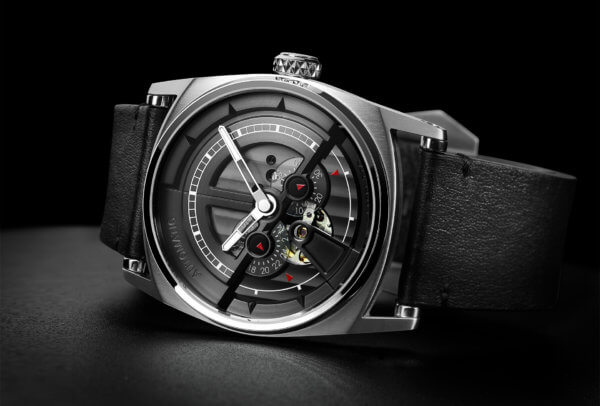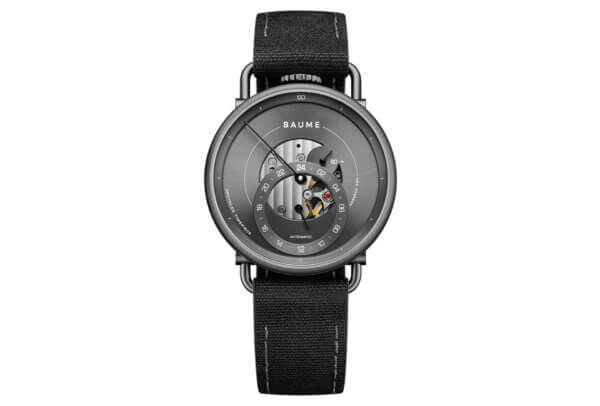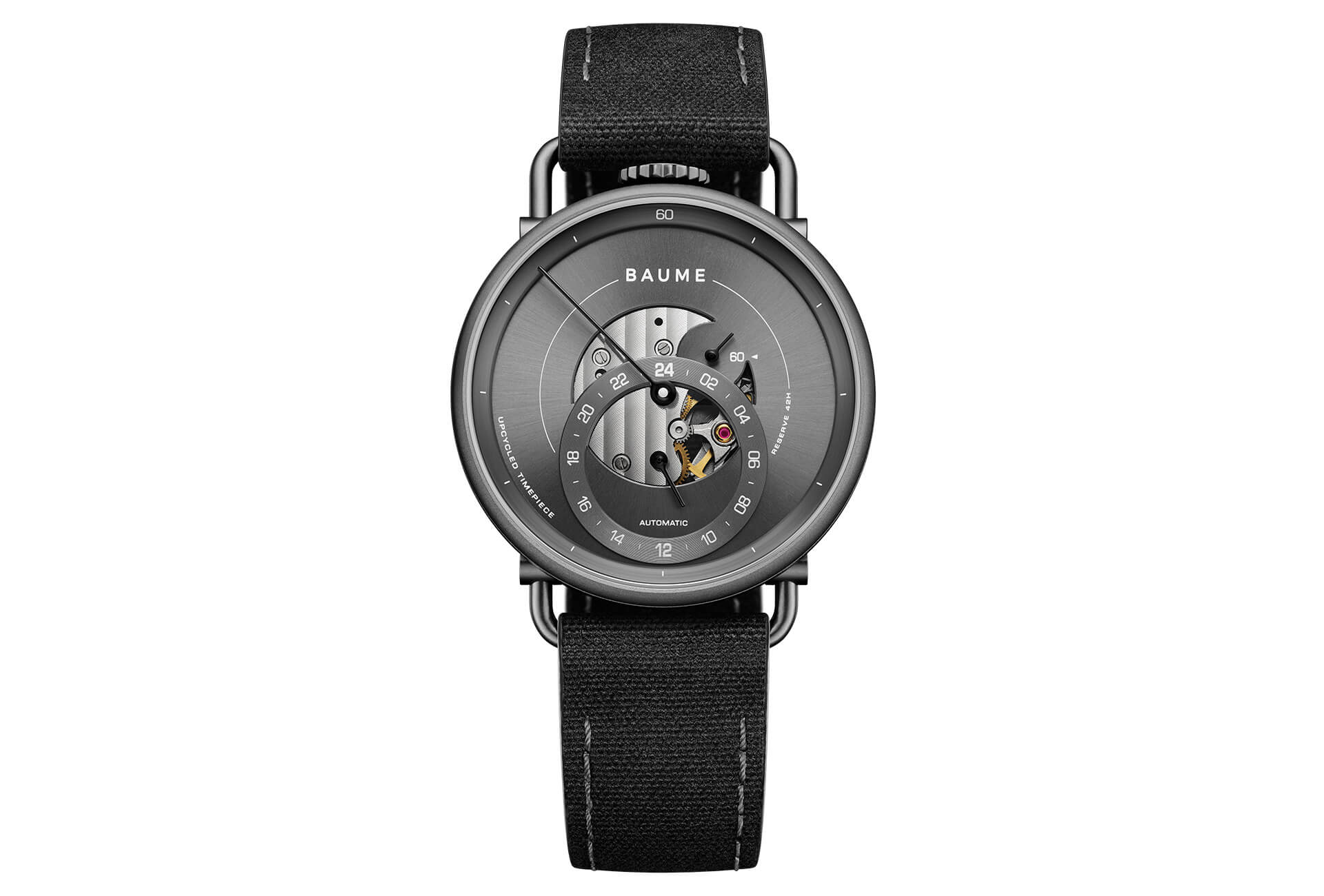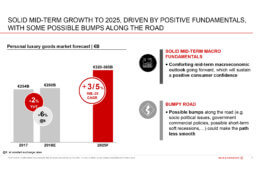If mergers and acquisitions constitute a reliable indicator of which way the economic wind blows, it doesn’t take much digging to see that online is where it’s at. This is hardly news, but in an industry that has been slow on the digital uptake, several developments this year point to a more determined strategy to bring watchmaking online.
There was a time when takeovers of prestigious brands generated the biggest buzz. The buy-out, by CVC Capital Partners, of Breitling in April 2017 is the last big transaction to date, estimated at CHF 800 million. Since then, not only are there fewer and fewer potential targets for this kind of operation, interest has shifted to the internet and its offshoot: online retail. As revealed in a recent study by consultancy firm Bain & Co on personal luxury goods, a market worth €260 billion, from the current 10%, the online channel will account for 25% of market value by 2025 – which is just around the corner. That’s close to €90 billion, almost twice annual retail sales for the Swiss watch industry.
China in its sights
Coming back to mergers and acquisitions, online marketplaces are the focus of attention. The year kicked off with a mammoth deal when Richemont successfully bid €2.7 billion on Yoox Net-A-Porter, the number-one online luxury retailer. The Swiss conglomerate followed this with the announcement that it was teaming up with Alibaba to develop Net-A-Porter in China, where Alibaba can count on a loyal and active clientele of 600 million users. Alibaba and its Tmall marketplace, whose Luxury Pavilion specialises in high-end international brands, is one of the hottest websites around, alongside its biggest rival, JD.com, which is also Chinese.
Richemont continued its online shopping spree with the acquisition of the Watchfinder.com platform for buying and selling pre-owned watches. Second-hand is another hot topic right now, confirmed by developments at WatchBox.com, which belongs to the American retailer Govberg, and which this year opened a branch in Switzerland. Poetic justice, one might say, knowing that Govberg must now contend with Bucherer on its home turf, after the Swiss retailer acquired Tourneau’s 28 stores in the United States, in January this year.
Exports slated to grow 7-8%
Turning to distribution – a key factor for an industry that’s forecast to end 2018 with an increase in exports of 7-8% – there is no getting away from digital, and not only for the established brands. Multiple new projects aimed at a young, digitally connected audience, one whose buying habits are radically different to those of previous generations, design their communication and sales strategy around the internet, often after a crowdfunding campaign. Czapek, Laventure, Bolido, Code41, Baltic Watches… it’s a long list that will doubtless keep growing, despite an element of market saturation.

There follows every imaginable effort to exist online with original and, more importantly, aggressively priced products. In the wake of the two-year crisis that lasted until autumn 2017, much of the action this year has been in these lower price brackets. Two examples say it all: first the launch of Baume, an eco-friendly, millennial-flavoured brand offering extensively customisable watches. It belongs to Richemont, which evidently is leaving no stone unturned this year. Then there is Peter Speake-Marin’s latest venture. One of the most gifted representatives of watchmaking’s “new school”, he has introduced Stoic, a brand that offers classic, quality, affordable watches inspired by the Stoic philosophy and Seneca.

Clearly, the internet is where it’s at. This is where brands must do their storytelling, create an identity and defend values. And while there are still watch brands that don’t consider online sales as the ultimate destination, it’s only a matter of time before they do, as part of a multi-channel strategy. By then, according to Bain & Co, every single luxury purchase will be influenced by what shoppers have seen online. Best be prepared.
















